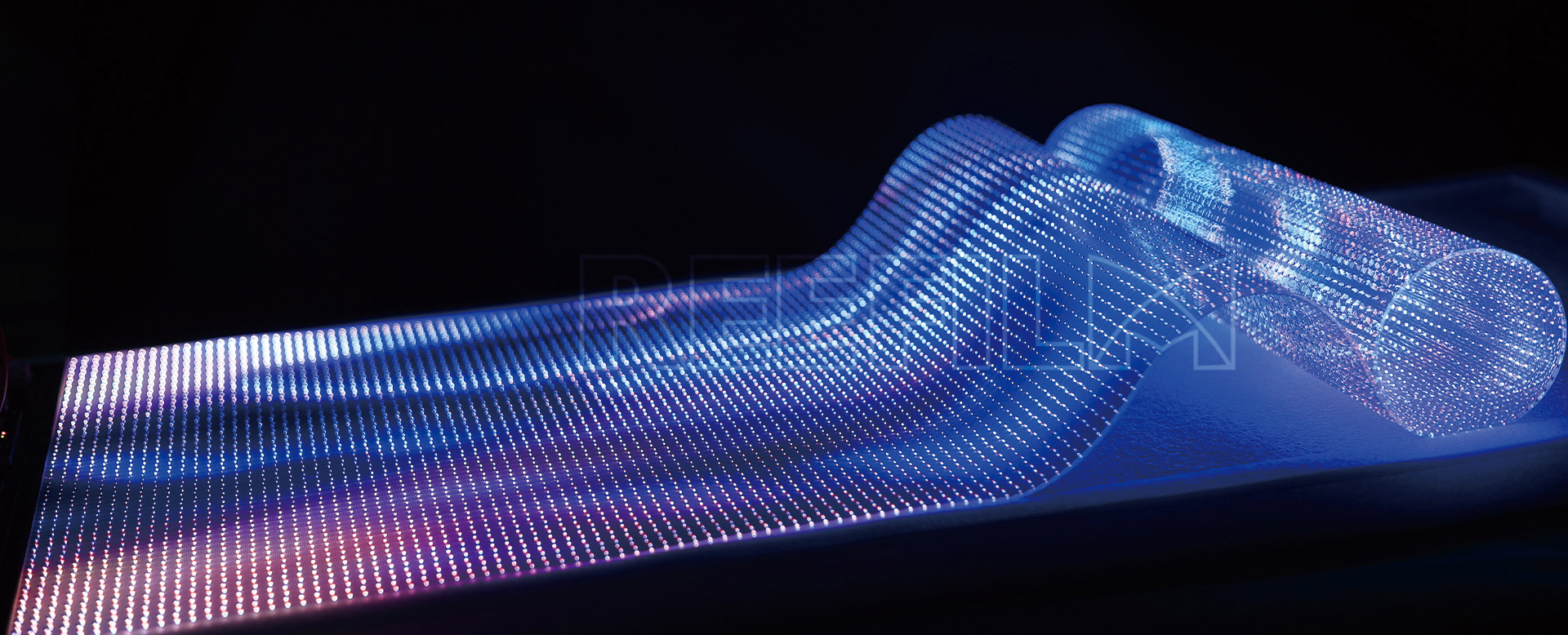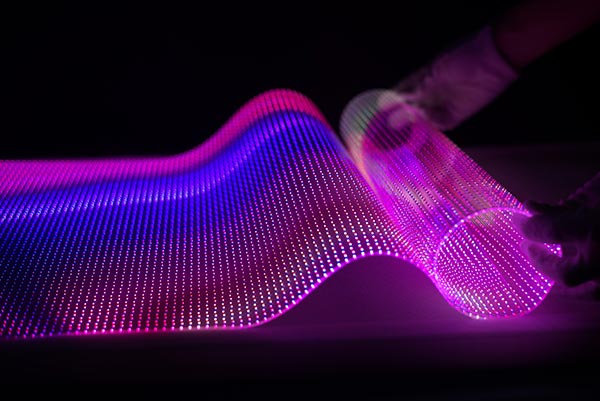
Transparent Led Panel and traditional LED displays differ in several key aspects. Here's a detailed explanation of the differences between the two:
Design and Construction:
Transparent LED panels: These panels are designed to have a high level of transparency, allowing light to pass through them. They consist of a grid of tiny LEDs mounted on a transparent substrate, typically glass or acrylic. The transparent nature of these panels enables them to maintain visibility through the display, even when the LEDs are illuminated.
Traditional LED displays: Traditional LED displays are constructed using opaque LED modules that are mounted on a solid backing material, such as metal or plastic. These displays are designed to provide a solid and opaque visual surface when the LEDs are turned on, blocking the view of objects behind them.
Transparency:
Transparent LED panels: The primary characteristic of Led Panel Wall Screen is their ability to transmit light and maintain transparency. When the LEDs are not illuminated, the panels allow light to pass through, enabling visibility of objects behind the display. The level of transparency can vary depending on the specific design and technology used.
Traditional LED displays: In contrast, traditional LED displays are not transparent. They are designed to be visually opaque, meaning they do not allow light or objects to be seen through them when the LEDs are illuminated.
Viewing Angle:
Transparent LED panels: Due to their construction, Indoor Led Screen Panel typically offer a wide viewing angle. This means that the content displayed on the panels can be viewed clearly from various angles without significant color distortion or loss of brightness.
Traditional LED displays: Traditional Thin Flexible Led Screen also provide a decent viewing angle, but their visibility and color accuracy may diminish as the viewing angle deviates from the optimal viewing position.
Display Applications:
Transparent LED panels: Led Video Display Panel are commonly used in applications where see-through properties are desired, such as retail storefronts, museums, airports, and exhibitions. They offer a unique way to showcase content while maintaining visibility and interaction with the surrounding environment.
Traditional LED displays: Traditional LED displays are widely used in various indoor and outdoor applications, including advertising billboards, sports stadiums, concert venues, and digital signage. These displays are typically utilized when a solid visual surface is required without transparency.
Content and Visual Effects:
Transparent LED panels: Flexible Led Display provide the opportunity to create visually stunning effects by overlaying digital content on real-world objects. This creates an augmented reality-like experience, where the digital content seamlessly integrates with the background environment.
Traditional LED displays: Traditional LED displays are mainly used for displaying digital content, such as images, videos, and text, without the integration of real-world objects. They can provide high-resolution visuals and vibrant colors, creating attention-grabbing displays.
In summary, transparent LED panels are designed to maintain transparency while displaying digital content, allowing viewers to see through the panels. On the other hand, traditional Bendable Led Screen are opaque and used for showcasing digital content without transparency. The choice between the two depends on the specific application and desired visual effects.
Previous: Breakpoint Resume